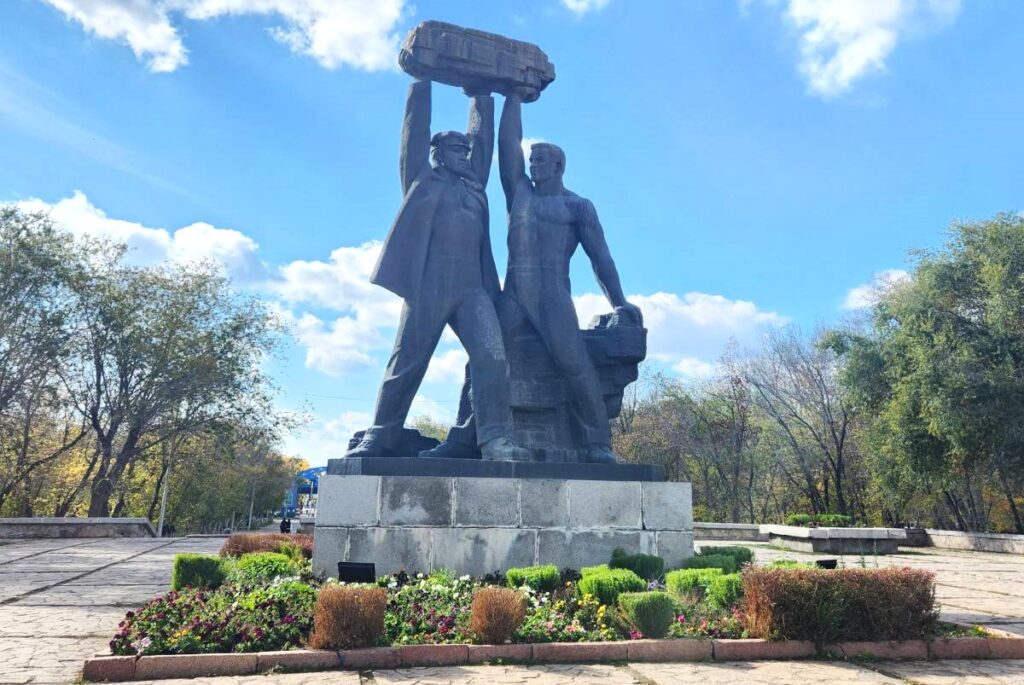Karaganda: The Black Heart of Kazakhstan
On October 28, 2023, an explosion at Kostenko Mine in Karaganda killed 46 workers. As the largest industrial accident since Kazakhstan independence, this deeply shook Kazakhstan to its core and resulted in the nationalization of ArcelorMittal Temirtau, who owned the mine. The effects of this accident were most deeply felt in Karaganda, a region and city, which has long stood as the center of coal mining in the country. Coal and Repression: The History of Karaganda Located in the center of Kazakhstan, the city of Karaganda from which Karaganda region gets its name, is deeply intertwined with the coal and metallurgical industries. According to legends, coal was first discovered in the area in 1833 by a local shepherd boy named Appak Baizhanov. In the following decades, a mining settlement would appear in the region owned by the Russian merchant, Nikon Ushakov. The mines would then be sold to British investors in 1905, who controlled them until the Red Army entered the region in 1920. Due to the destruction caused by the Russian Civil War, the early Soviet Government left the coal reserves of the Karaganda Basin untouched for nearly a decade. In 1929, a directive from Moscow about the creation of trust to exploit the coal reserves of Kazakhstan would bring renewed interest to the region. A subsequent decree in 1931 established a separated trust for Karaganda which was to become the “third coal base” of the Soviet Union. The previous coal bases were located in Donets in the Ukrainian SSR, and Kuznetsk in the Russian SFSR. Finally, in February of 1934, Karaganda was given the status of a city and would serve as the administrative center for mining in the region. [caption id="attachment_23855" align="aligncenter" width="1280"] Administrative building of Karlag; image: TCA, Joseph Anderson[/caption] The establishment of Karaganda enticed many workers and specialists from all over the Soviet Union to move to the region. However, not everyone sent to the region came voluntarily, since during the same period the coal trust was being established for Karaganda, the infamous Karlag was being set up by the NKVD. The Karaganda Corrective Labor Camp better known as Karlag was one of the largest GULAG camps; the famous author and dissident, Aleksandr Solzhenitsyn, was sent to Karlag for a brief period. Besides GULAG prisoners, whole ethnic groups, such as Volga Germans, Chechens, and Ingush were forcibly deported to the region during World War II. These deportations as well as imprisoned intellectuals at Karlag would have a lasting impact on the city, making it one of the most cosmopolitan cities in the Kazakh SSR in addition to having very well staffed universities. Before the collapse of the Soviet Union, Karaganda stood as the second most populated city in the Kazakh SSR, only behind the capital of Alma-Ata. In 1960, the first and only blast furnace operating in Central Asia was constructed in Temirtau. It would be at this metallurgical plant that the First President of Kazakhstan Nursultan Nazarbayev would begin his career. By 1978,...
3 months ago


